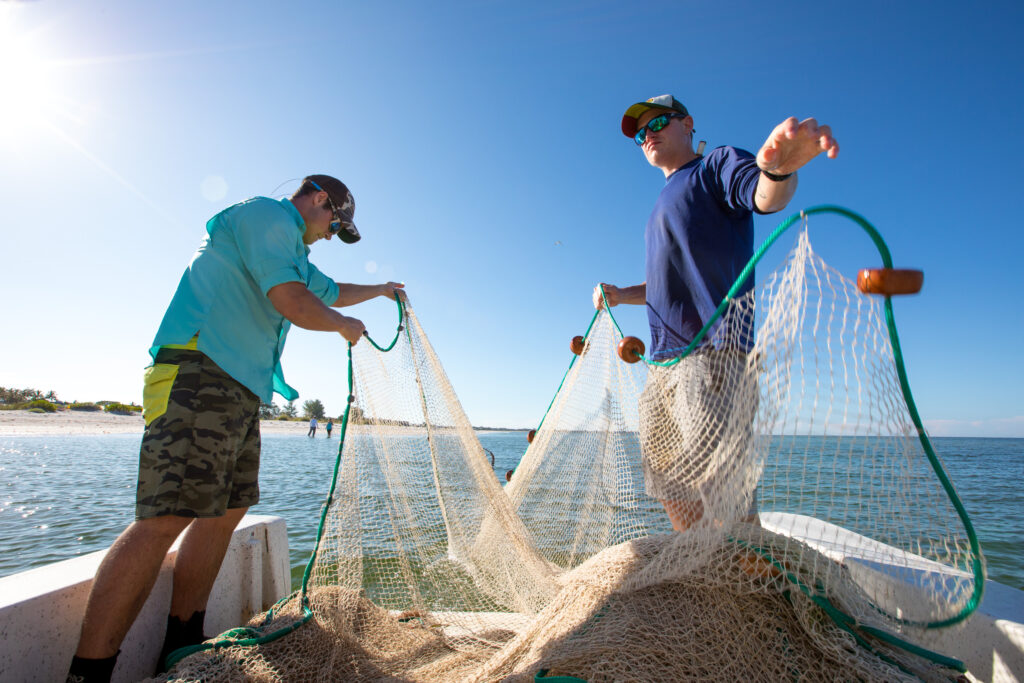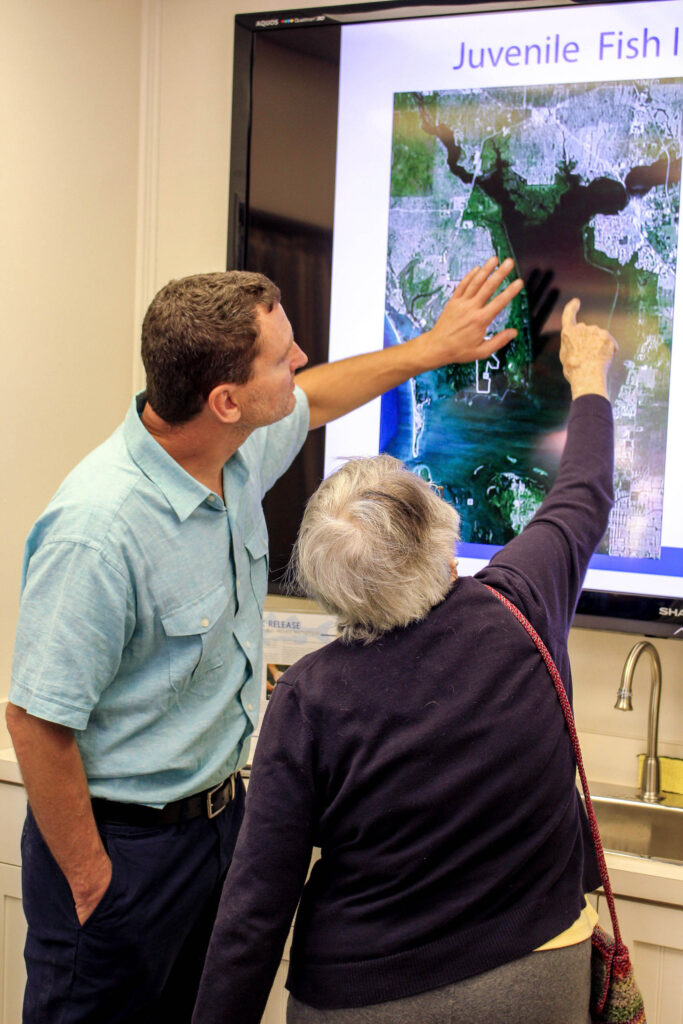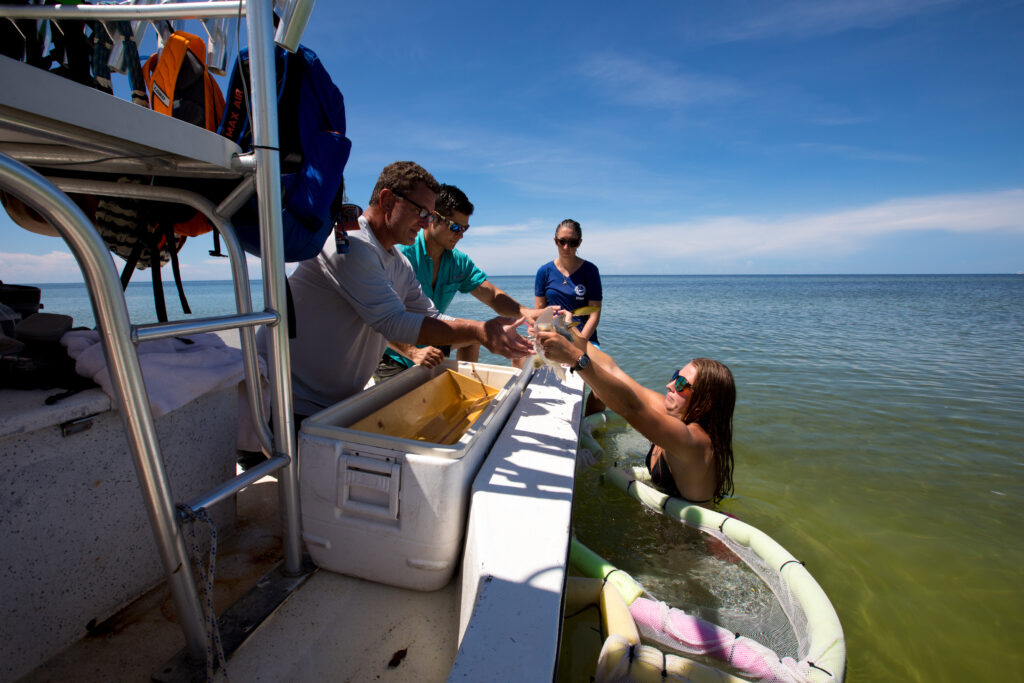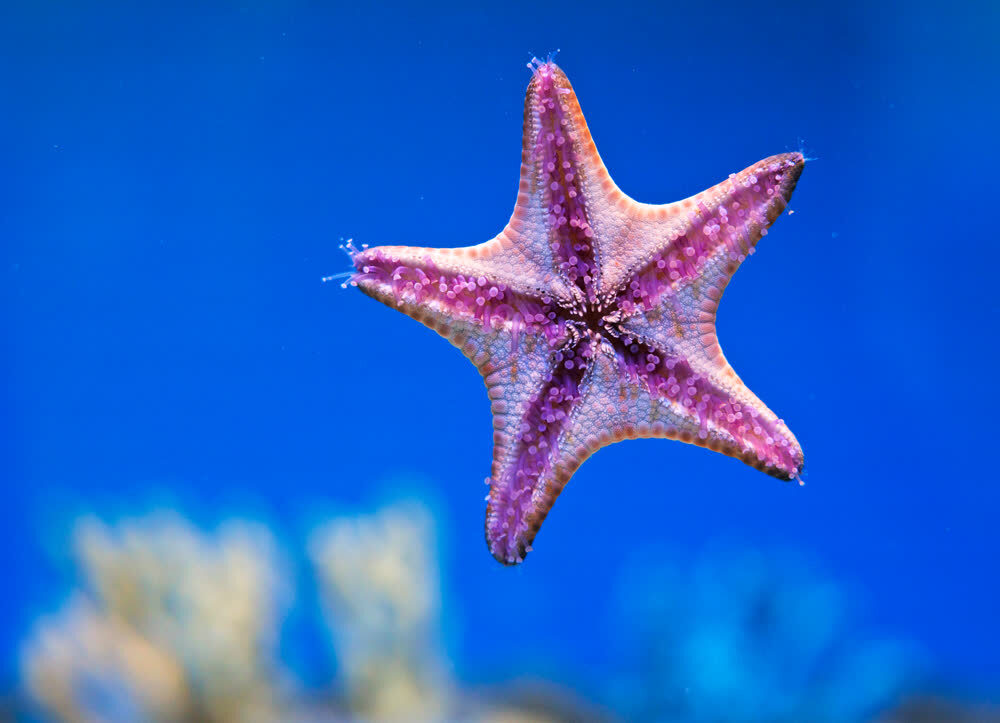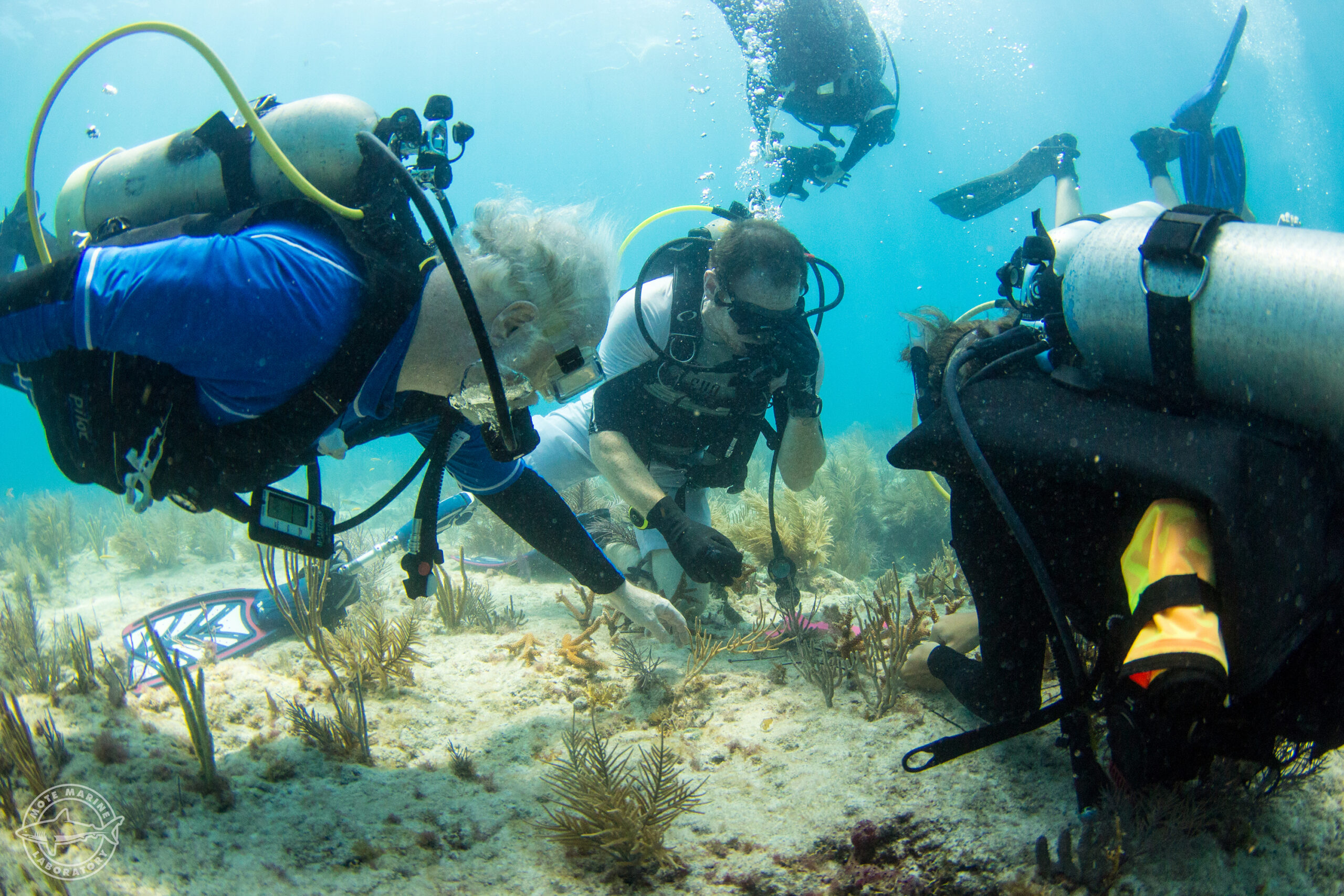The Fisheries Habitat Ecology and Acoustics program uses passive acoustics to study marine and estuarine soundscapes. Acoustic data provide insights into the timing, location and habitat features associated with species-specific sound production. We use long-term acoustic time series data to document and understand habitat use over time.
Recordings of fish sound production are used as a proxy for the timing and location where reproductive behavior occurs. This information is useful for species management and is an important consideration when establishing marine protected areas. Marine mammal vocalizations used in social interactions and foraging also reveal patterns of habitat use and prey availability. Invertebrate sounds associated with reef and hard-bottom habitats contribute to the broader ecological soundscape. Together, these biologically driven acoustic signals create a dynamic soundscape that reflects ecosystem conditions and generate data which are complementary to other studies.
Because passive acoustic recording technology can generate very high volumes of data there is a need to more efficiently harvest information from acoustic time series. We curate libraries of acoustic signals to train detection algorithms along with other machine learning approaches to understand the complex dynamics of soundscape ecology. By integrating passive acoustic monitoring, AI-driven data analysis, and environmental and fisheries data our research program aims to support science-based conservation efforts to understand and protect marine and estuarine ecosystems while allowing for practical levels of exploitation.
In addition to soundscape ecology we work on the conservation of grouper species with a particular emphasis on Goliath Grouper. Goliath Grouper populations declined significantly after prolonged fishing pressure which led to a 33-year moratorium on their harvest. In 2023, the State of Florida eased this protection and allow an annual recreational harvest of 200 sub-adult individuals. Given the species’ long lifespan, late maturity, and site fidelity, understanding their population dynamics over time is essential for informed management. We support this through our research.
We encourage research professionals, natural resource managers, citizen scientists, students, and the general public, etc. to collaborate with us. Dr. Locascio is available to present his research and related topics at professional meetings, to government officials, schools (primary and secondary), and diving and fishing clubs. He can be contacted at locascio@mote.org
Current Projects
- Understanding the implications of fidelity to spawning grounds by common snook.
- Use of PIT tags and remote antennae to estimate survival and movement of juvenile snook in nursery habitats (Andrew Barbour, Ph.D. thesis, University of Florida).
- Identification and restoration of habitats essential to juvenile tarpon.
Potential REU Intern Projects
Here are opportunities for student interns to get involved with the program’s work through Research Experiences for Undergraduates at Mote.
Passive Acoustic Hydrophone Array (fish sounds): Fish sound production is mostly associated with courtship and reproduction and is why drums (family Sciaenidae) are so named. This project will use a passive acoustic hydrophone array to collect data of calling fishes in an estuarine environment. The data will be analyzed in MATLAB with a localization algorithm. From these data we will be able to localize the position of calling fishes and estimate the source levels of their sounds (e.g. how “loud” their sounds are). Tracking movement may also be possible based on the location at the time calls are produced. This project has good potential to contribute original results which may be publishable.
Passive Acoustic Hydrophone Array (acoustic tags): Acoustic tags are widely used to track the movement patterns of fishes over broad spatial scales. In the past few years this technology has been used to track fish movement on fine spatial scales at meter-level resolution. This project will use Vemco acoustic receivers and acoustic tags and a localization algorithm to develop a method for localizing the position of an acoustic tag. An array of acoustic receivers (minimum of 3) will be deployed in the field and an acoustic tag will be positioned at known locations to confirm the accuracy of the localization estimate. This project has excellent potential for developing a user based method for localizing the position of tagged fishes, a service currently only offered by the manufacturer.
Recording Tag: Fishes produce species-specific sounds associated with courtship and spawning due to morphological uniqueness of sound producing mechanisms. The sounds of many species have been documented and can be identified in field recordings, just as with birds. However, many more closely related taxa that likely also use sound production have not been documented. This project will begin designing a recording tag that will be attached to fishes to record and verify their species-specific sounds. This project is engineering based and may use the Arduino system. Students with an interest in engineering and programming skills are especially encouraged to apply to work on this project.
Relatedness of Juvenile Snook: Snook are a highly prized gamefish in Florida and much is known about their life history and habitat use and requirements. Newly settled juveniles are fairly easy to locate based on knowledge of the timing of reproduction and habitat requirements. Genetic data and tagging studies have so far shown that site fidelity for snook is high and mixing between different estuarine systems appears to be low. Recruitment patterns of juveniles may therefore reflect the site fidelity patterns of adults. This project will look at the level of kinship among newly settled juvenile snook using DNA microsatellite to address the question of kinship among recruits in different juvenile habitats. Are groups of recruits siblings, half siblings, etc.
“Offshore” Snook: Snook are often thought of as occupying the mangrove shoreline and flats of the estuary and beaches and passes in the summertime during the spawning season. However, snook are also found on artificial reefs located miles offshore and virtually nothing is known about these fishes, whether they are residents at these sites or transients that may come and go between the adult sites on the beaches/passes, etc. This project will survey sites where snook have been reported to occur and estimate their numbers and sizes. Attempts to capture individuals for acoustic tagging will also be made. If attempts at non-lethal capture are successful gonad biopsies will be collected to determine sex and gonad condition. SCUBA required.
Larval Fish Sampling: Despite having a good general understanding of snook life history, collection of larval snook remains a very difficult task and few have ever been collected. This project will use light traps, which are more often used on reefs, to sample larval fishes on their recruitment path to juvenile habitat. We have conducted light trap experiments in the lab with larval snook and the results indicate the traps may be effective in the field. The light traps will be set in strategic locations where snook spawning and recruitment have been documented. We also anticipate collecting other larval fishes in these traps and will identify these as well. This project represents a good opportunity to use an established sampling method for larval fishes in a novel way.
Goliath Grouper Spawning Aggregations: Goliath Grouper have been protected since a moratorium was established in 1990 preventing their harvest. Since that time the population has shown clear signs of recovery, particularly at spawning aggregation sites where they occur during August through November. An ongoing study is using passive acoustic recordings of their sound production along with SONAR surveys of abundance to relate these two independent data streams. Several internship opportunities exist to work on this project. Inquire for more details.
Coastal Ocean Observing Station:
Ocean observing stations collect high temporal data on physical and chemical atmospheric and oceanic conditions. However, few opportunities exist to include biological data on these same timeframes; acoustics are one means for this to be possible. We have an ongoing project in cooperation with the University of South Florida to collect acoustic data in Big Carlos Pass in southwest Florida in association with water quality and atmospheric measurements. This project will tag fishes in the pass that will be detected by an acoustic receiver at the station and will record ambient acoustic fish sound production. This project seeks to show how important biological data on fish behavior and reproduction may be explained by environmental conditions. This project has opportunity for those who wish to gain experience with ‘big data’ management.
Report a Snook Sighting
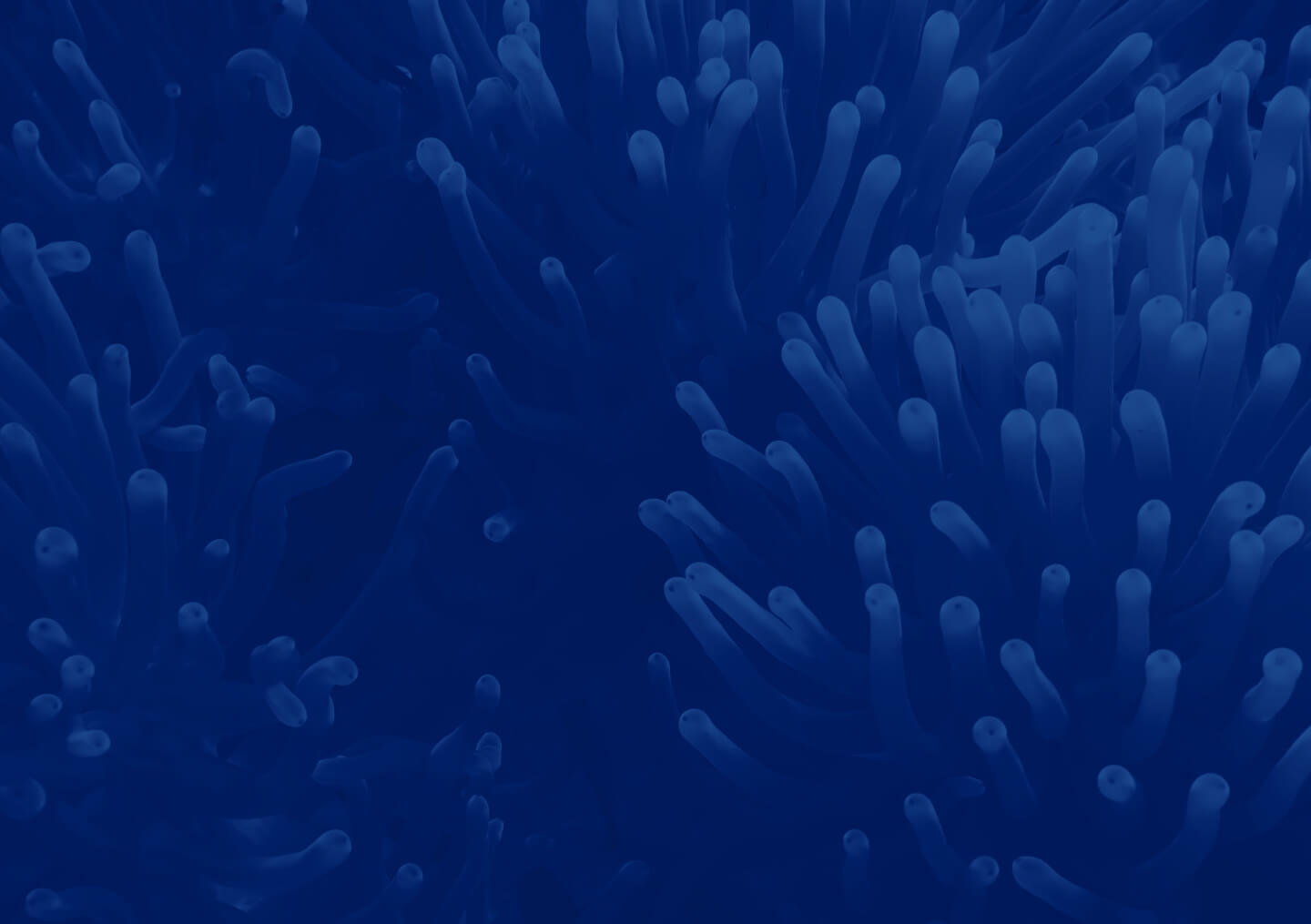
Additional Program Information
- Koenig1, C. C. , L. S. Bueno, F. C. Coleman, J. A. Cusick, R. D. Ellis, K. Kingon, J. V.
- Locascio, C. Malinowski, D. J. Murie, C. D. Stallings. 2016. Diel, lunar and seasonal spawning patterns of the Atlantic Goliath Grouper, Epinephelus itajara, in Florida, United States. Bull. Mar. Sci. in press
- Mann, D., Locascio, J. and Wall, C. 2016. Listening in the Ocean: New discoveries and insights on marine life from autonomous passive acoustic recorders in Au, W.W.L and Lammers, M.O (Eds), Listening in the Ocean (309-324). New York: Springer Science + Business Media
- Locascio, James V., and Michael L. Burton. 2016. A passive acoustic survey of fish sound production at Riley’s Hump within Tortugas South Ecological Reserve; implications regarding spawning and habitat use. Fish Bull. 114(1): 103-116.
- Locascio, J.V., S. Burghardt, and D.A. Mann. 2012. Quantitative and Temporal Relationships of Egg Production and Sound Production by Black Drum, Pogonias cromis. J. Fish. Biol. 81. 1175-1191.
- Schaerer, M.T., Nemeth, M.I., Mann, D.A., Locascio, J.V., Appeldoorn, R.S., and Rowell, T.J. 2012. Sound Production and Reproductive Behavior of Yellowfin Grouper, Mycteroperca Venenosa (Serranidae) at a Spawning Aggregation. Copeia 2012(1): 136-145.
- Locascio, J.V. and D.A. Mann. 2011b. Localization and source level estimates of black drum (Pogonias cromis). J. Acoust. Soc. Am. 130(4), 1868-1879.
- Locascio, J.V. and D.A. Mann. 2011a. Diel and seasonal timing of black drum sound production. Fish Bull. 109(3) 327-338.
- Mann, D., Locascio, J., Schärer, M., Nemeth, M., and Appeldoorn, R. 2010. Sound production by red hind (Epinephelus guttatus) in spatially segregated spawning aggregations. Aquatic Biology. 10: 149-154.
- Mann, D.A., J.V. Locascio, F.C. Coleman, and C.C. Koenig. 2009. Goliath grouper (Epinephelus itajara) sound production and movement patterns on aggregation sites. Endang. Species Res. 7(3), 229-236.
- Locascio, J.V., and D.A. Mann. 2008. Diel periodicity of fish sound production in Charlotte Harbor, Florida., Trans. Am. Fish. Soc. 137(2), 606-615.
- Locascio, J.V., and D.A. Mann. 2005. Acute effects of Hurricane Charley on fish chorusing. Roy. Soc. Biol. Lett. 1, 362-365.
- Adams, A.J., J.V. Locascio, and B.D. Robbins. 2004. Microhabitat use by a post-settlement stage estuarine fish: evidence from relative abundance and predation among habitats. J. Exp. Mar. Biol. Ecol. 299. 17-33.
- Rudershausen, P.J., J.V.Locascio, and L.M. Rojas. 2003. A survey of epifauna among macrophytes in a southwest Florida estuary. Fla. Sci. 66(3) 168-183.
- Locascio, J.V., P.J. Rudershausen, and M.M. Stein. 2001. An assessment of the ‘leaf pack’ technique for measuring heterotrophic turnover of plant litter applied to the estuarine environment of southwest Florida using Thalassia testudinum and Rhizophora mangle. Fla. Sci. 64(4) 306-319.
- Locascio, J.V., and P.J. Rudershausen. 2001. Mercury levels in gafftopsail catfish from Tarpon Bay, Sanibel, Florida, USA Bull. Envrion. Contam. Toxicol. 67(4) 510-518.
- Locascio, J.V., and P.J. Rudershausen. 2000. An evaluation of mercury levels in spotted seatrout, Cynoscion nebulosus, in Tarpon Bay, J.N. ‘Ding’ Darling National Wildlife Refuge, Sanibel, Florida, with reference to previous studies. Fla. Sci. 63(1) 256-260.

